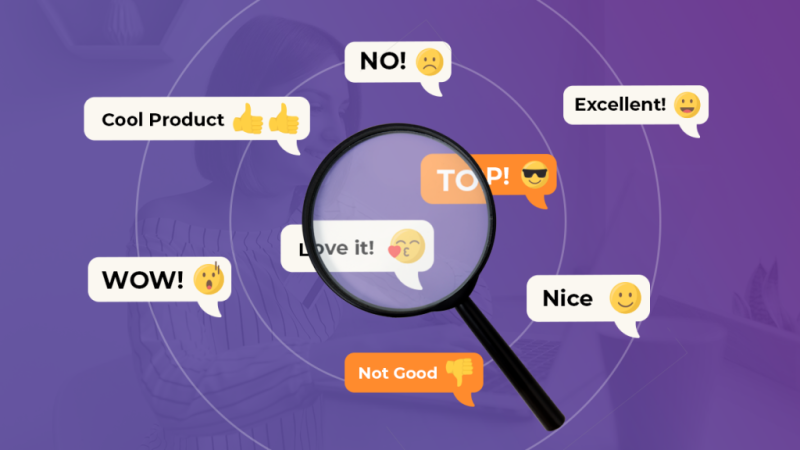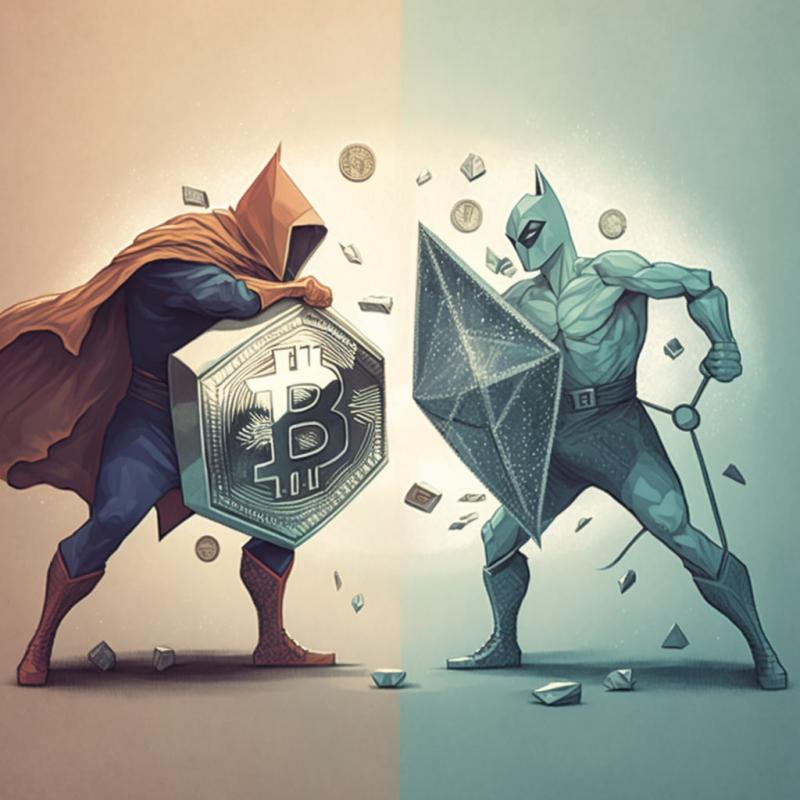Make your first multi-chain Web3 app with GraphQL
Utilizing Oraclus GraphQL APIs in a multi-chain app

Utilizing Oraclus GraphQL APIs in a multi-chain app

Web2 services such as Google Analytics and Facebook collect our data such as our address, language, gender, age, gadget type, and online time in order to better customize ads and improve their service. Web3 projects have no data about what their users do on the blockchain, if it does not concern their DAPPs, where they trade, what operations they perform, where they invest and what protocols they interact with. To solve these problems, Oraclus has created a large infrastructure to deal with huge data from blockchains. Now the site has the first version for analytics of individual wallets and group addresses, where you can analyze up to a thousand addresses and understand the behavioral analytics of any studied group of addresses.

The article provides readers with a comprehensive overview of the significance of exchanges' crypto inflow/outflow and explains how monitoring these metrics can provide valuable insights into the behavior of crypto investors and traders, and how it can help in making informed trading decisions. Additionally, the article examines the correlation between crypto prices and exchange inflows and outflows, and how exchanges can use this information to optimize their trading strategies. This article is a must-read for anyone looking to gain a deeper understanding of the crypto market and improve their trading performance.

The article is a comprehensive guide to gaining insights into the distribution of wealth and power in the cryptocurrency market and provides a step-by-step process for viewing token holder rankings for any cryptocurrency of your choice, using blockchain explorers like Etherscan and BscScan. It also offers tips for analyzing the data obtained from the token holder rankings to make more informed investment decisions. Whether you're a seasoned crypto investor or a curious beginner, this article can help you unlock valuable information about the top players in the market.

Ethereum is Layer 1, it has problems with scalability, very expensive transactions to solve these problems, was created a new Polygon Layer 2 blockchain, where they took into account all the shortcomings that were associated with Ethereum with the help of smart contract protocols. But there is a big minus, Layer 2 solutions are centralized, therefore they are deprived of the main advantage of the blockchain, using Layer 2 solutions, there is always a risk associated with the honesty of the team that controls this manual blockchain.

The article explore the exciting new era of Web 3.0 data analytics. Discussing the differences between traditional analytics and Web 3.0 analytics, including the decentralized nature of Web 3.0 data and the focus on user privacy and consent. Also explore the benefits of Web 3.0 data analytics, such as increased transparency, security, and collaboration. The article concludes with a look at the future of Web 3.0 data analytics and the potential for even more innovative and sophisticated approaches to decentralized data analysis.

This article provides an overview of the numerous projects built on Ethereum, the popular blockchain platform that was created to support decentralized applications and smart contracts. It highlights some of the most popular Ethereum-based projects, such as Uniswap, Aave, and MakerDAO, and explores the broad range of applications they support, from decentralized exchanges to prediction markets. The article underscores the rapidly growing number of projects built on Ethereum and their potential to transform various industries by promoting transparency, security, and trust. By the end of the article, readers will have a better understanding of the Ethereum ecosystem and the various ways in which it is being utilized to power decentralized innovation.

The article explores the growing field of web3 analytics and its significance for blockchain technology. It highlights how traditional analytics tools are not equipped to analyze decentralized applications and how web3 analytics can provide valuable insights into user behavior and network performance. The article also discusses the advantages of web3 analytics, such as transparency, privacy, and fraud detection. Ultimately, the post underscores the importance of web3 analytics as a critical area of research and development for anyone interested in the future of blockchain technology.

This article explores the concept of sentiment analysis in the world of cryptocurrency trading. It discusses how sentiment, which refers to the overall feelings and attitudes of investors towards a particular cryptocurrency, can have a significant impact on its price. The article covers different ways sentiment can be measured, including through social media and technical analysis. It also touches upon the potential pitfalls of relying solely on sentiment and the importance of doing your own research. Overall, this article aims to provide readers with a better understanding of the role sentiment plays in the crypto market and how it can affect their trading decisions.

In this article, we discuss six essential metrics for evaluating sentiment analysis performance, including accuracy, precision, recall, F1-score, AUC-ROC, and Cohen's Kappa. We provide a brief explanation of each metric, its significance, and how it can be used to measure the performance of a sentiment analysis model.

The article is about "whales" in the world of cryptocurrency, which refers to individuals or entities that hold a large amount of a particular cryptocurrency. The article discusses how these whales can affect the price and direction of the cryptocurrency market, and how their actions are closely watched by other investors and traders. The article also examines the potential benefits and drawbacks of whales on the market, and concludes that their impact is complex and can have both positive and negative consequences.

We found that half of the addresses interacting with the token contract are less than one year old. Daily unique addresses interacting with the token contract range between 30-400

One of the most important economic stories of the modern era is the alternative to traditional currencies. Commonly referred to as “crypto” and sometimes referred to as “digital currency”, its most popular examples are Bitcoin and Ethereum, but there are thousands of others. What is cryptocurrency, why do the authorities tax it, and how does it affect your financial situation?

One of the most profitable trading methods is margin trading. Unlike ordinary buying and selling, such trading is very risky and profitable. To engage in margin trading, you should know the advanced terms and tools of cryptocurrency. Margin trading is also known as day trading, which is used by traders to make high profits from financial assets. Trading on margin is very risky on its own, and the combination with cryptocurrencies makes it even more dangerous.

As the crypto economy continues to grow, crypto mining is getting a lot of public attention. The COVID-19 pandemic has caused a colossal downturn that has led cryptocurrency traders to encourage mining as a new way to generate passive income. In addition, countries have begun to see an increase in the purchase of GPU cards, which are the main element for creating a cryptocurrency mining rig. Even in Abkhazia, where all cryptocurrency transactions have been banned for the past two years, it has been reported that citizens have recently spent about $500,000 on mining equipment. In addition, the ever-increasing prices of Bitcoin and Ethereum are another important reason for the increase in cryptocurrency mining activity.

2009 is truly a revolutionary year in the crypto space. This is primarily because it was the birth year of Bitcoin (a digital currency that competes with fiat money). As you all know, Bitcoin has done more than just create a virtual asset. He helped technological innovators realize the idea of blockchain technology. Using the same technology, Ethereum, an application development platform, emerged in 2014. Fast forward to 2021, there are hundreds of cryptocurrencies on the market, with Bitcoin and Ethereum topping the crypto asset chart. But, which of these cryptocurrencies is a good bet in 2021?